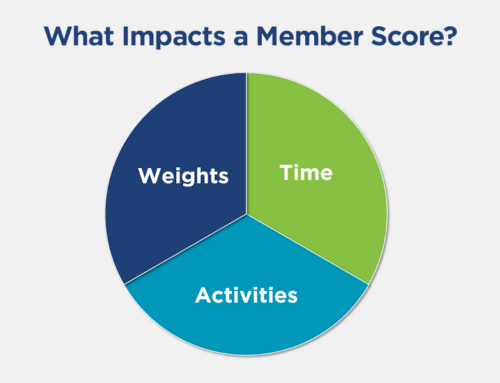When I think about the many reasons an association should create an Analytics Strategy and Roadmap, I am reminded of Stephen Covey’s great advice: “Begin with the end in mind”. Business intelligence and analytics implementations deliver the most value w
8 Primary Goals for Analytics Strategy and Roadmap
During the 18 years we have been helping associations determine how to use data to make decisions, we have identified 8 primary goals for an Analytics Strategy & Roadmap process:
- Align analytics objectives with the organizational strategic plan.
- Recognize the importance of data as a key organizational asset that requires oversight and governance to ensure quality.
- Assess and document the current state of Data, Technology, Processes and Culture.
- Quantify the direct and indirect costs of the current situation (data is not clean, accessible, understood and consistently used for decisions).
- Identify achievable desired outcomes and understand their value.
- Prioritize these outcomes according to business impact, technical complexity, and organizational considerations.
- Educate executives and staff about what is possible and what to expect from an analytics initiative.
- Establish a high level plan for implementing the analytics strategy, including scope, cost and schedule.
How do I Create an Analytics Strategy and Roadmap?
There are many steps to do this well, and here are the key ones to get you started:
- Review your association’s strategic plan and identify measurable objectives and outcomes which can be achieved with the optimal use of data
- Create an Analytics Scorecard by honestly evaluating your association’s Data, Technology, Reporting and Organizational Culture
- Evaluate your current Data Governance Process, including quality, accountability, semantics, integration, etc.
- Assess each data source using an impact/complexity matrix
- Identify metrics, Key Performance Indicators (KPIs), and business questions that can be answered with data
- Create a risk matrix that maps the probabilities of each risk – including the cost of not taking action with analytics
- Review internal staff resources and identify staff augmentation and training needs
- Understand the options available for data warehousing and analytics tools such as Power BI or Tableau
The Ultimate Outcomes
Our experience has shown that key outcomes an association will discover as part of their Analytics Strategy and Roadmap initiative are the clear need to establish and maintain a data governance program, implement a “single version of the truth” and embrace a culture of analytics. These things only happen when leadership recognizes data as an asset and key data sources are combined (and consistently updated in a data warehouse) and staff are rewarded for adopting an analytical mindset. The best way to determine if this is the case for your organization is to begin with the end in mind and undertake an Analytics Strategy and Roadmap project.



